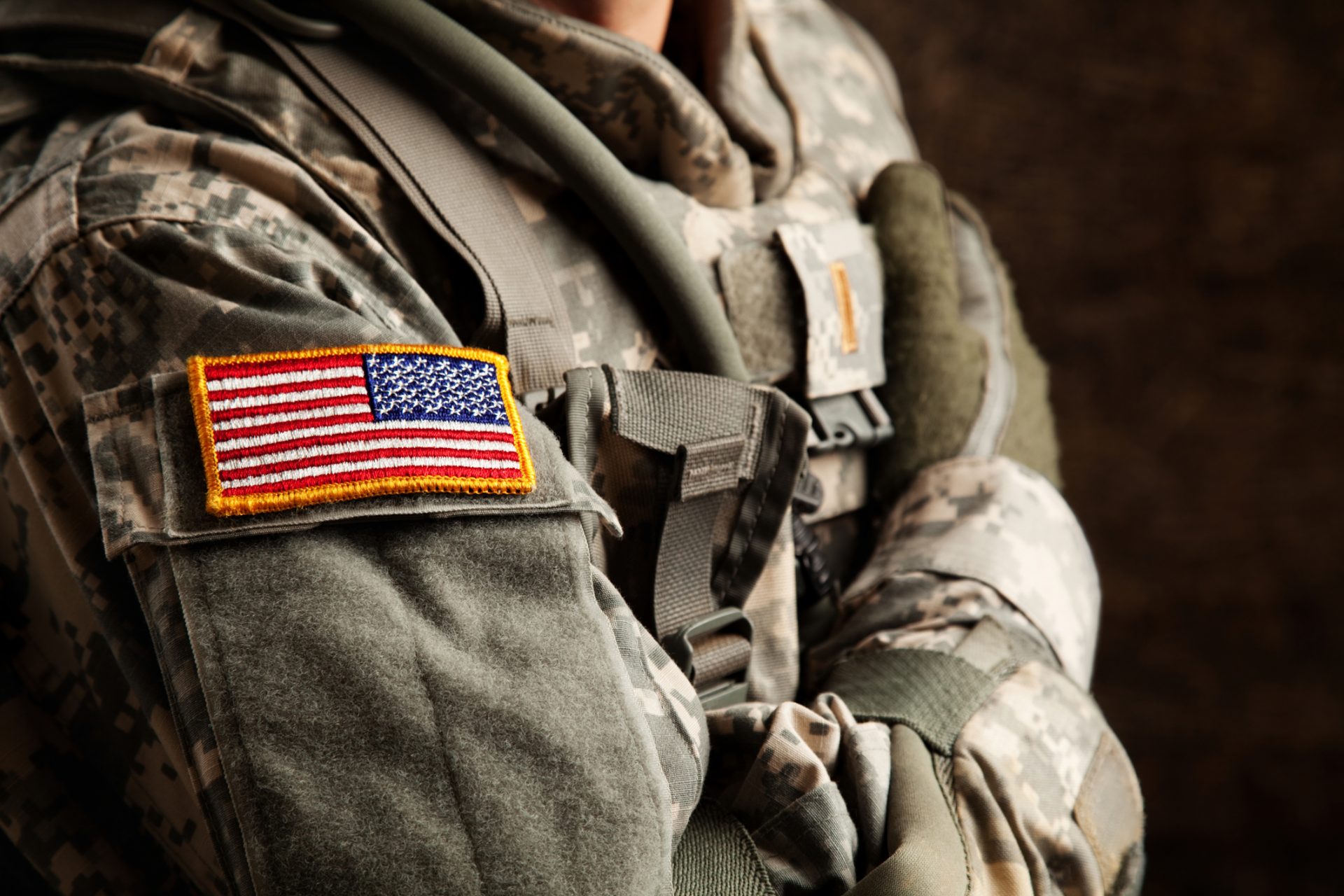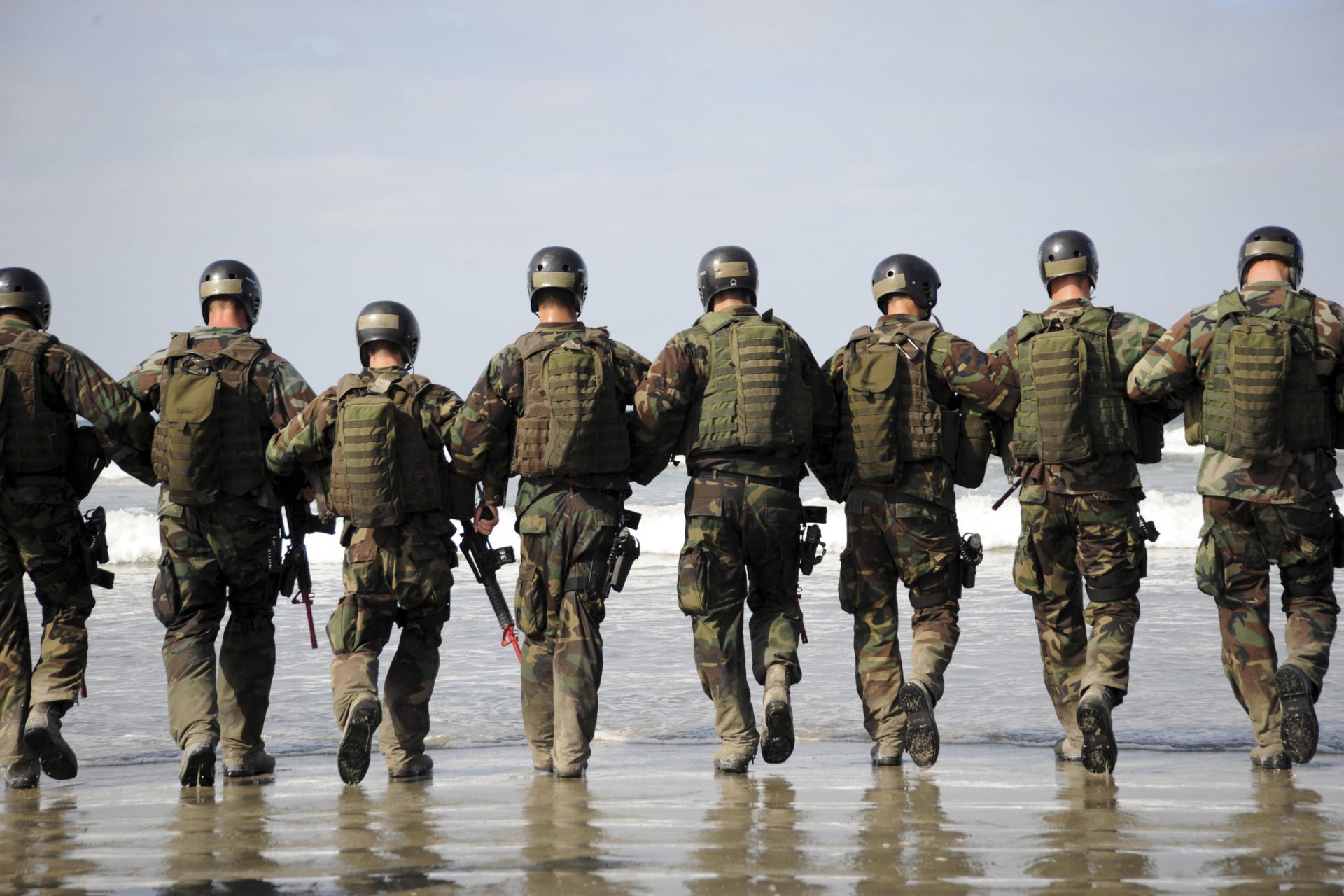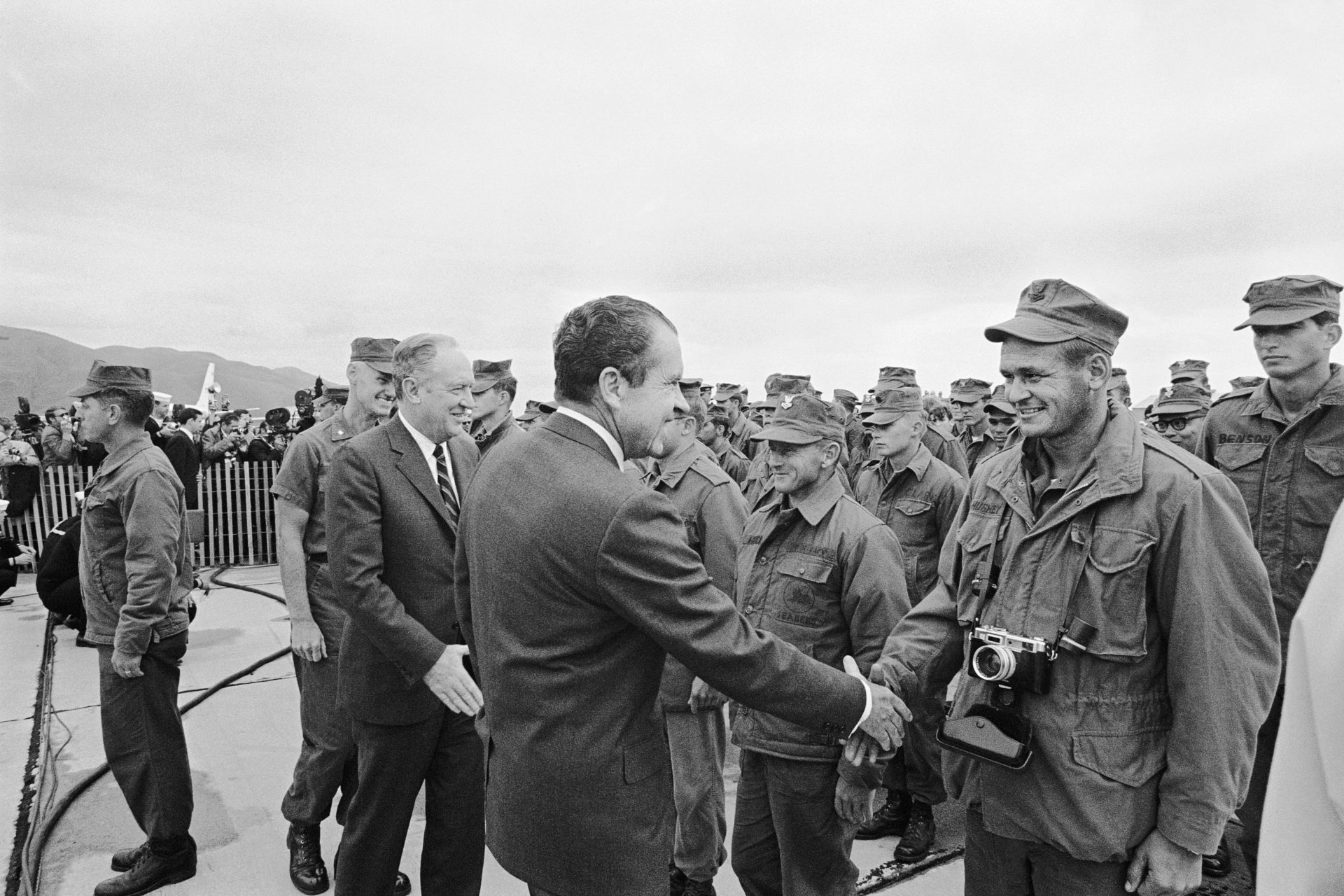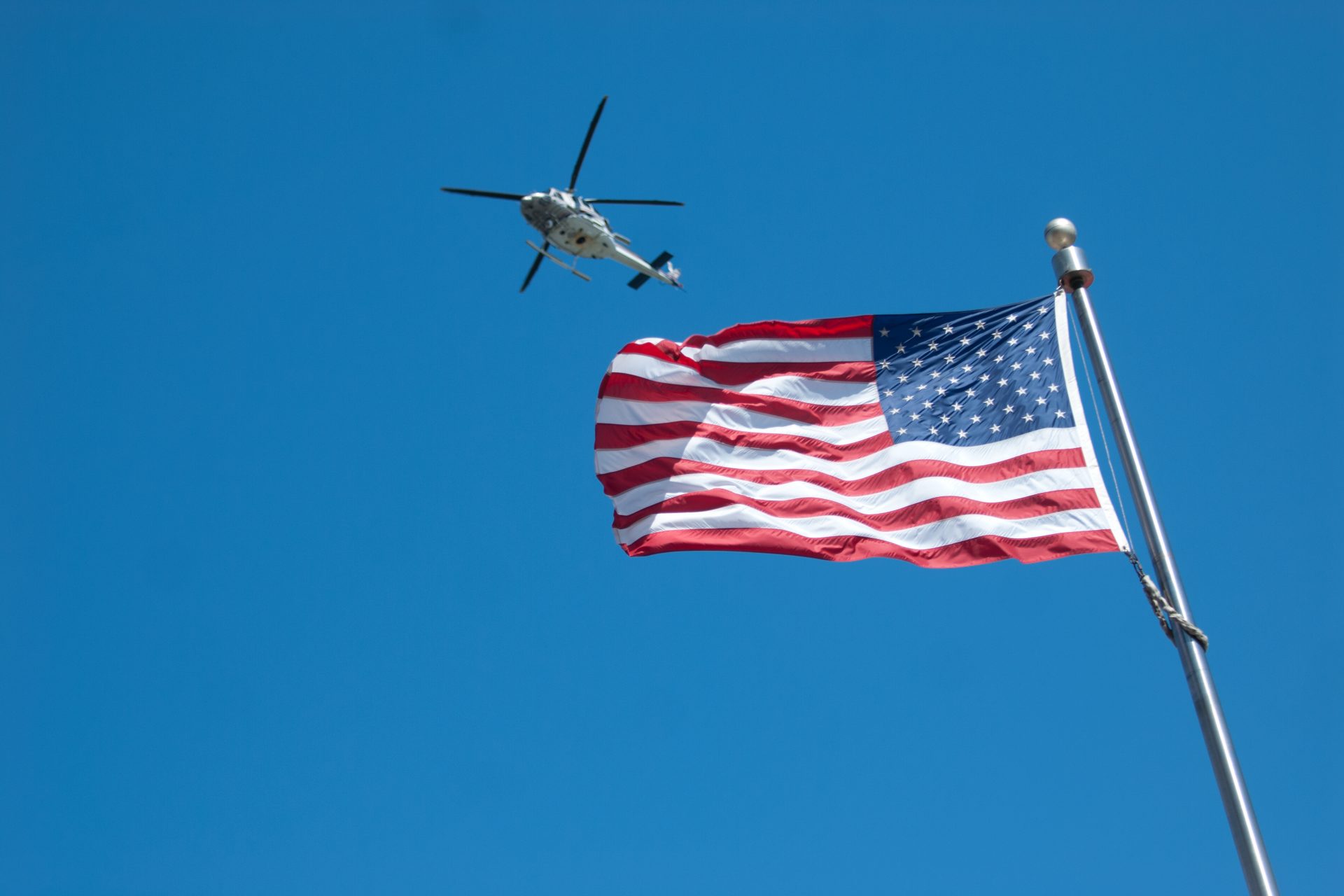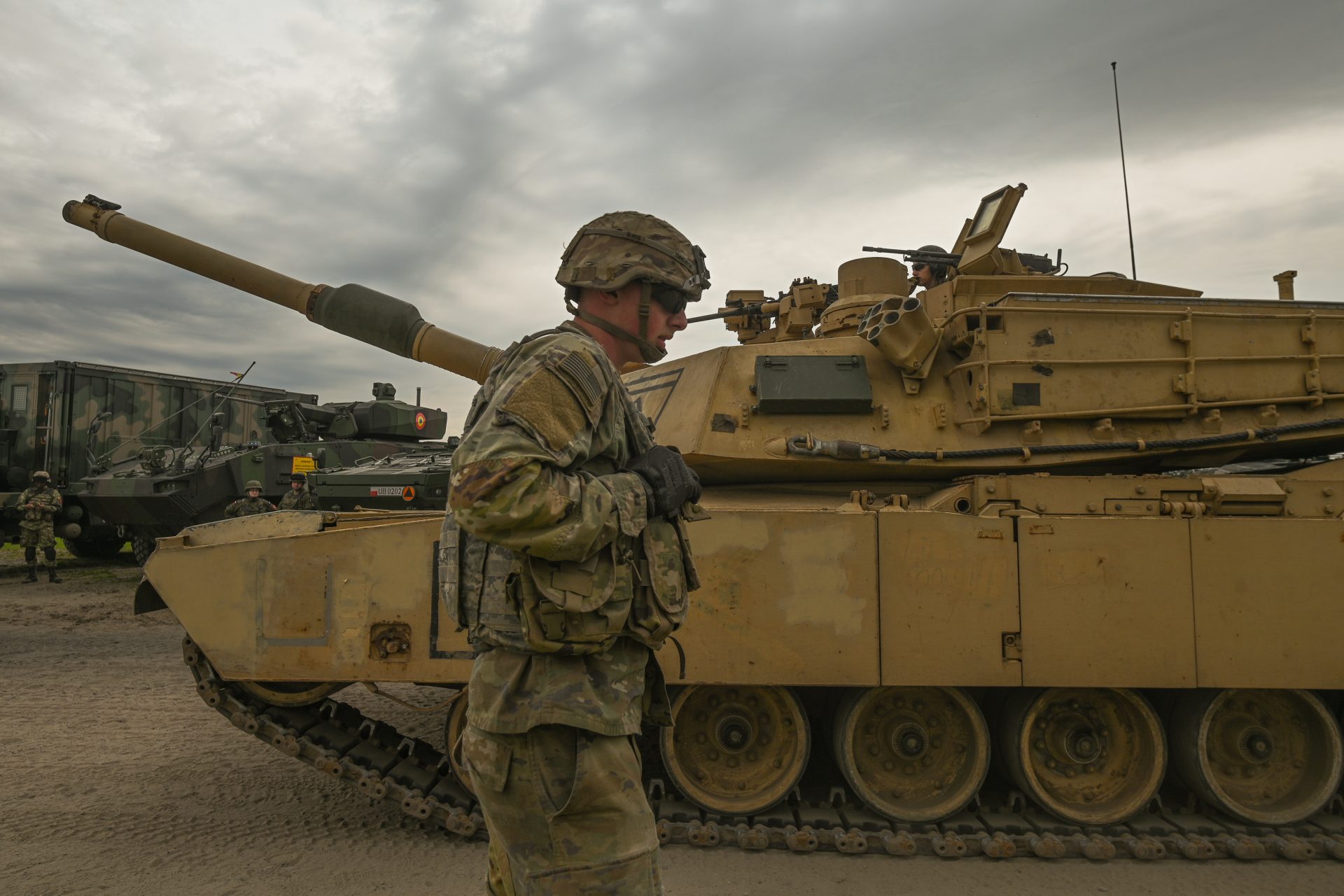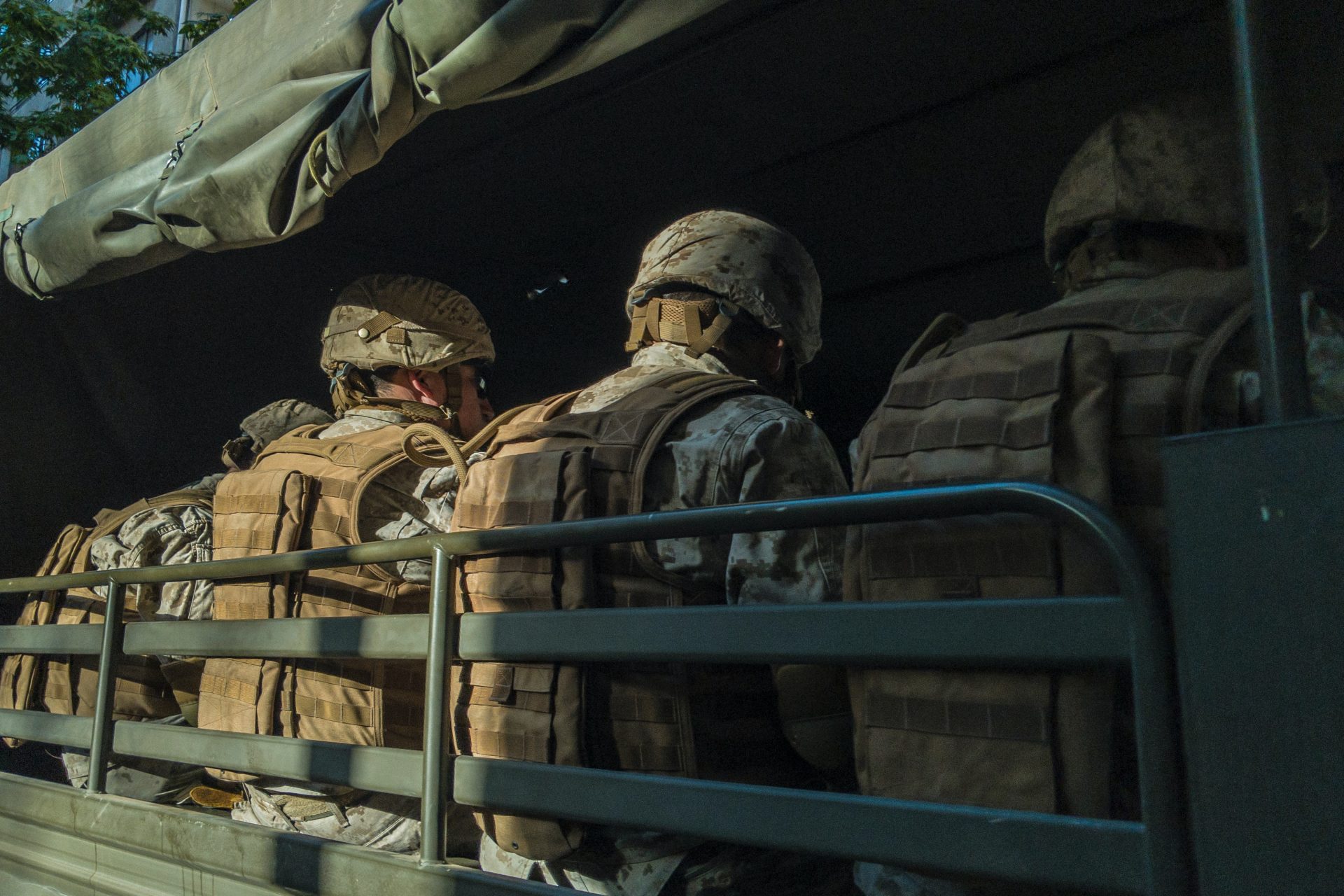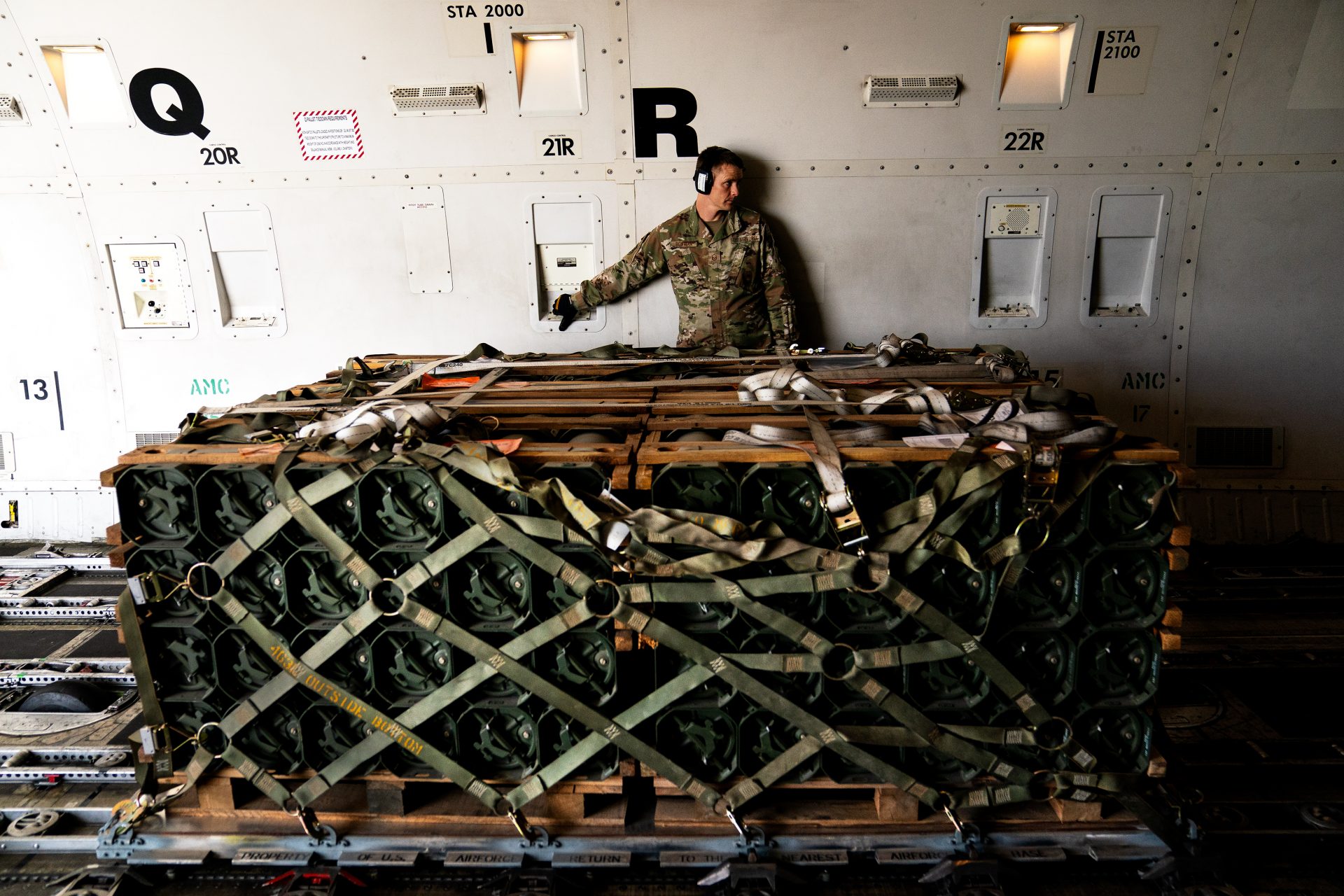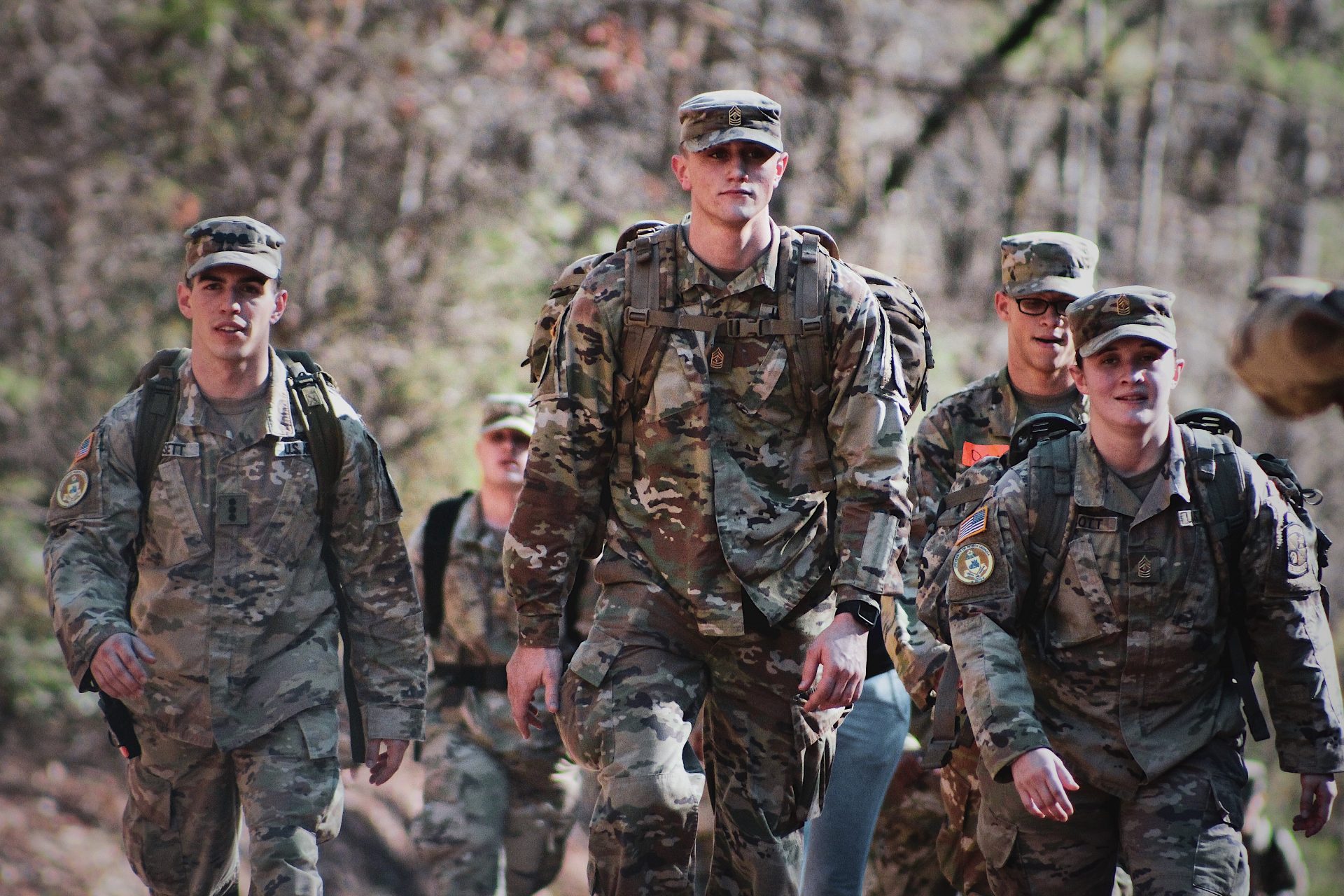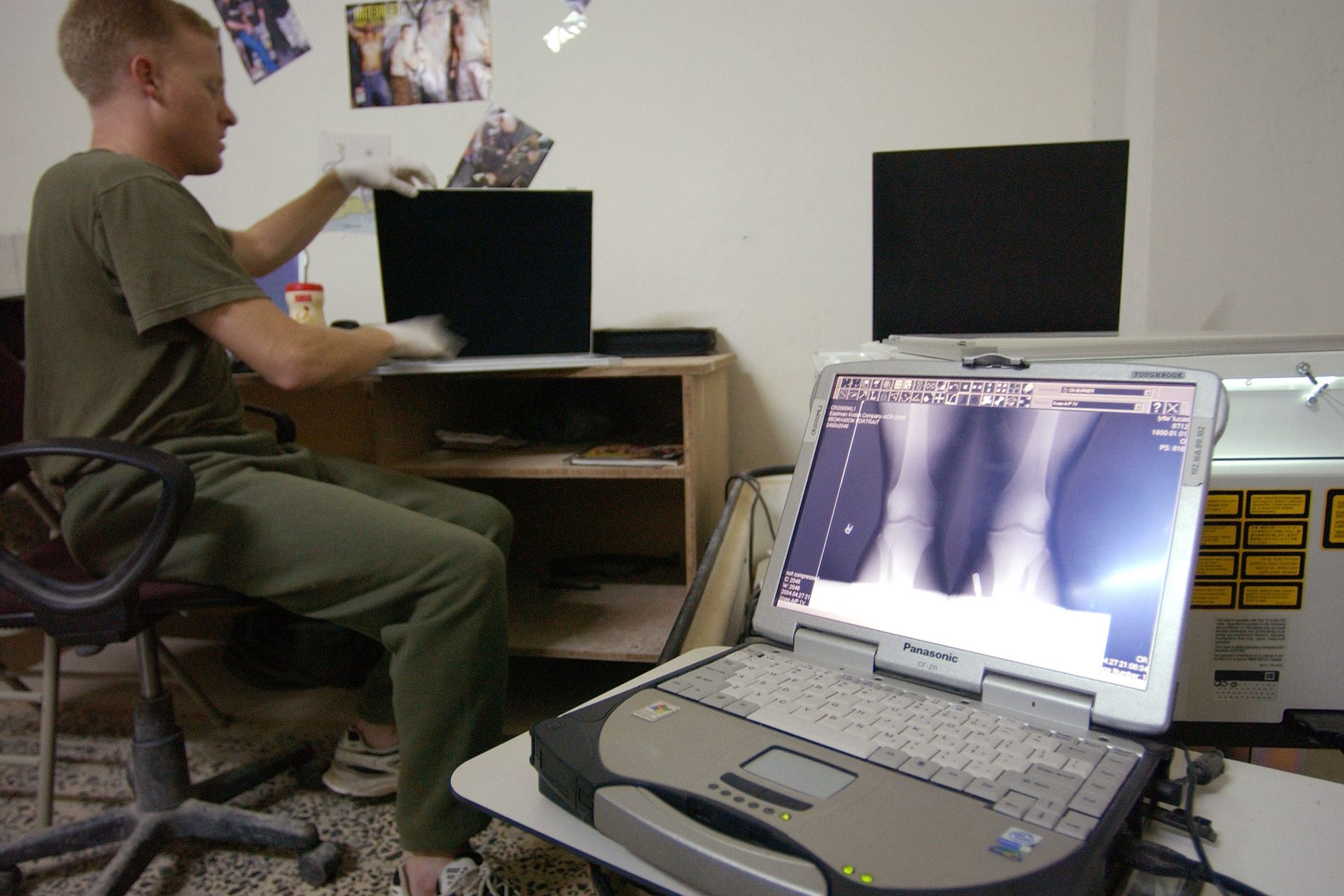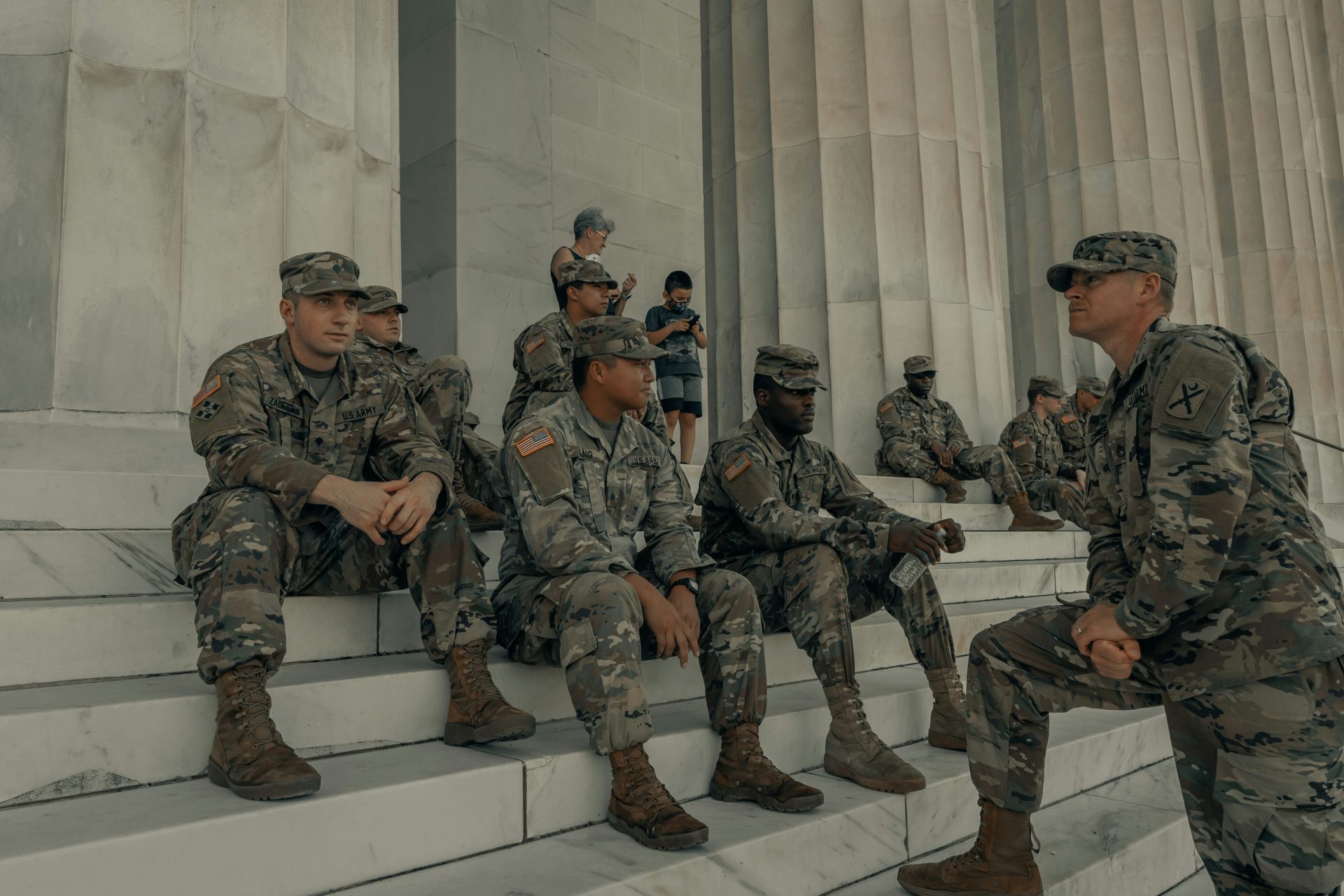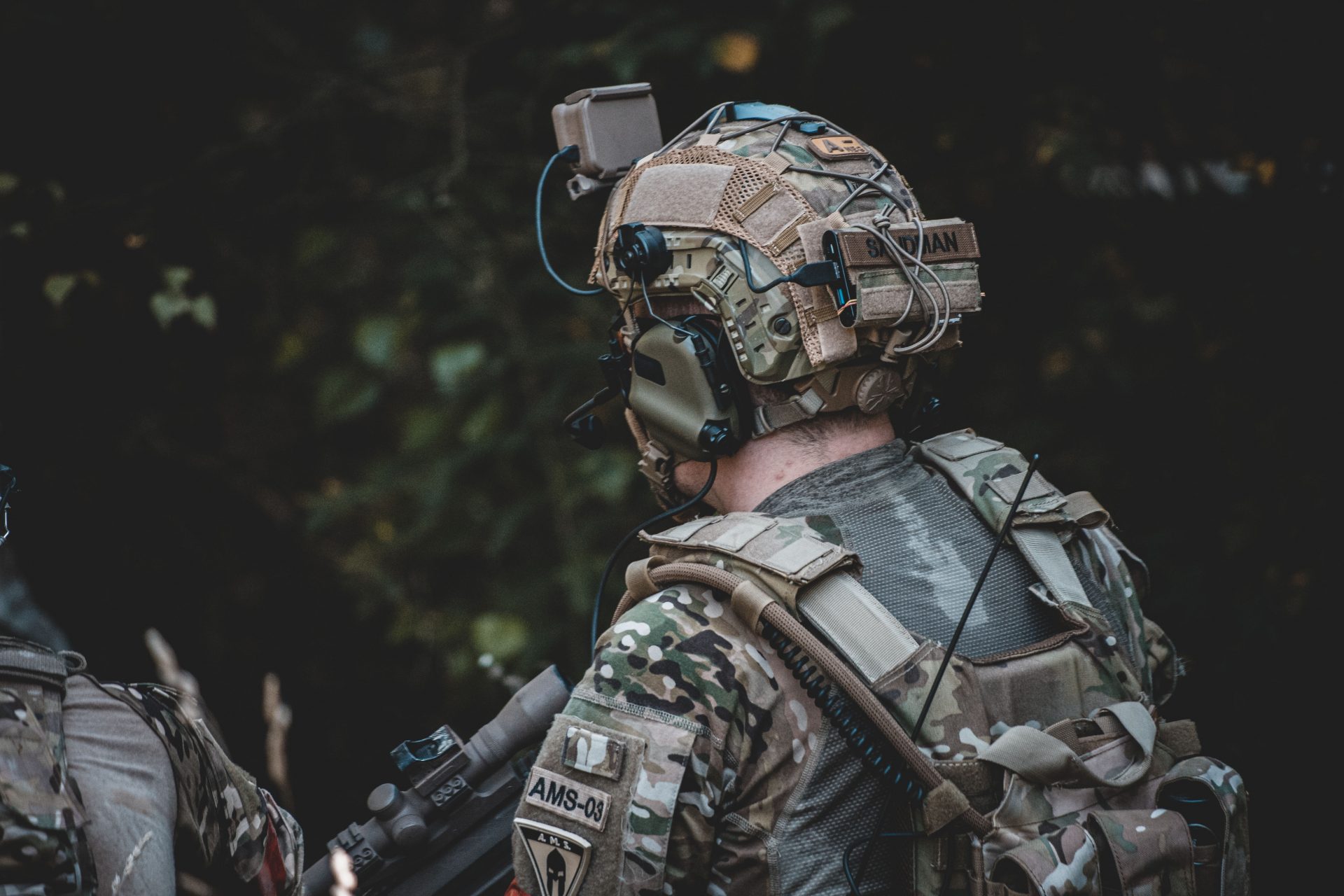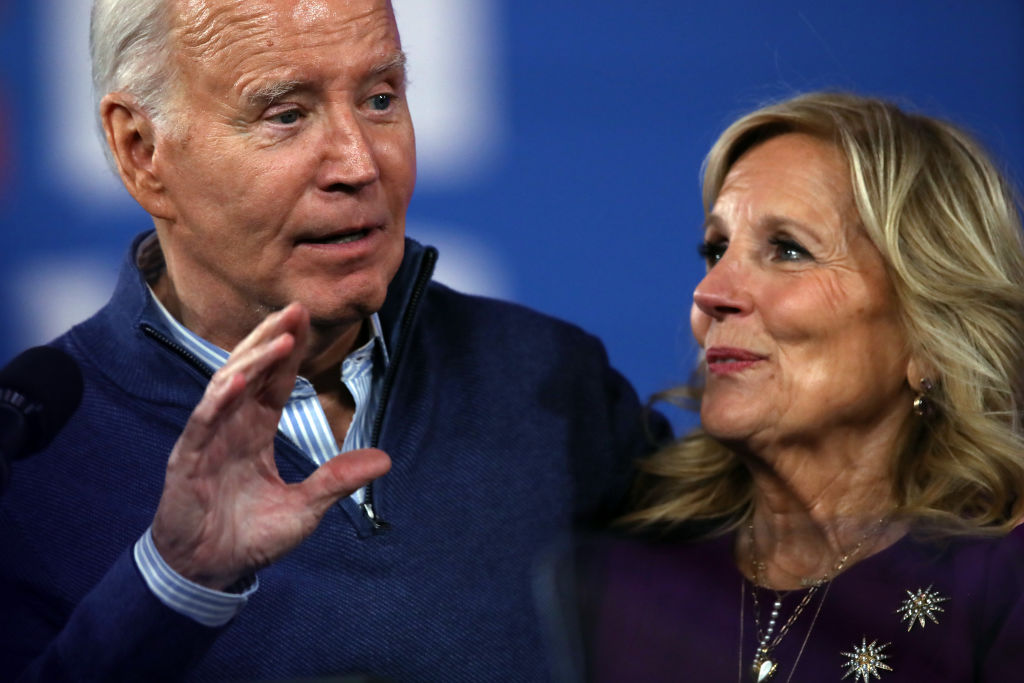Why aren't Americans willing to fight for their country anymore?
An overwhelming majority of Americans would not be willing to volunteer to fight for their country if Washington were to get involved in a major conflict but that is not the biggest problem facing the country's armed forces today.
Even more concerning than the very low number of individuals willing to fight for the United States is the number of those who have lost confidence in the country's military and public institutions, something that is leading to low recruitment.
The United States has operated an all-volunteer military force ever since President Richard Nixon's Secretary of Defense Melvin R. Laird announced that the country would be moving away from filling the military’s ranks with draftees in 1973.
Over the last 50 years, more than 11 million Americans have joined active-duty service in the United States military. Today over 1.5 million men and women serve their country in the armed forces according to the Department of Defense.
However, the current number of Americans serving in the armed forces does not reveal a very serious problem the Army, Navy, Marines, Air Force, and even the Space Force have had in recruiting new members to their ranks.
For example, the U.S. The Army fell short of its 2022 goal to recruit 60,000 soldiers in 2022 by 25% according to Army Times. That meant that the U.S. Army missed its recruiting goal by 15,000.
Newsweek’s Aleks Philips reported Army and Air Force recruiting goals in 2023 fell short of their respective goals by roughly 10,000 soldiers and airmen while the Navy was short by 6000 sailors. This was a problem that could have a lot to do with the growing distrust of the services and the U.S. strategic position.
Photo by Diego González on Unsplash
"We have strike groups, aircraft carriers with a Marine Expeditionary Unit outside Israel now," U.S. Marine Recruiter Justin Henderson told Newsweek about the recruitment problem in October 2023.
Photo Credit: LinkedIn @jhendersonusmc
"We're funding two wars, but we're actually boots on the ground, drones above Gaza. So we're already involved in there—and we're not sure what's happening in Taiwan," Henderson continued.
"This is a very tumultuous time for us, because we don't know what's going to happen." Henderson went on to say. But Henderson’s explanation didn't show the full picture. There are many other issues having an impact on the willingness of Americans to fight for their country.
Photo by Scandinavian Backlash on Unsplash
A September 2023 poll from Gallup found that Americans between the ages of 12 to 26 have little trust in the military, with 51% of those between the ages of 12 to 18 noting having trust in the military while that number sat at only 30% for those 18 to 26.
NPR spoke with some younger Americans about their concerns over why they wouldn’t want to join the military and among the chief worries were the possibility of getting hurt or killed while they were serving their country.
“I just don’t think it’s appealing to the average modern teenager,” explained 20-year-old Navy Information Systems Technician Third Class Jamaal Armstrong to the New York Post about why he believes those in his generation don’t want to serve.
Photo by Joel Rivera-Camacho on Unsplash
“There’s a lot of apathy,” Armstrong, who enlisted at 18, went on to explain. “We’re so divided right now. And so a lot of young people think, ‘Why would I wanna defend a government that doesn’t appreciate me, or is so divided?’” But the problem might be bigger than just generational differences.
Photo by Jessica Radanavong on Unsplash
A late 2023 poll from Echelon Insights reported on by Newsweek surveyed 1,029 voters between October 23rd and 26th, and it found that 72% would not be willing to volunteer to serve their country if the United States were to get involved in a major war.
Photo by Clay Banks on Unsplash
Only 21% of respondents indicated that they would be willing to volunteer for the armed forces in the event that the United States got involved in a major war. However, some of the experts in the field don’t believe the results from Echelon Insights polling.
Photo by Daniel on Unsplash
"I'm very skeptical of that being accurate because I think the 'why' you're in a war can dramatically change the answer to that question," Senior Fellow at the Center for a New American Security, and a former submarine commander, Tom Shugart told Newsweek.
Photo Credit: Twitter @tshugart3
"I was in the military before 9/11; a lot of society didn't really think about the military very much [before then]," Shugart added. So it seems the problem may be more complicated than the current data shows. However, the problem is very real and one that should concern the nation.
Photo by Specna Arms on Unsplash
More for you
Top Stories



